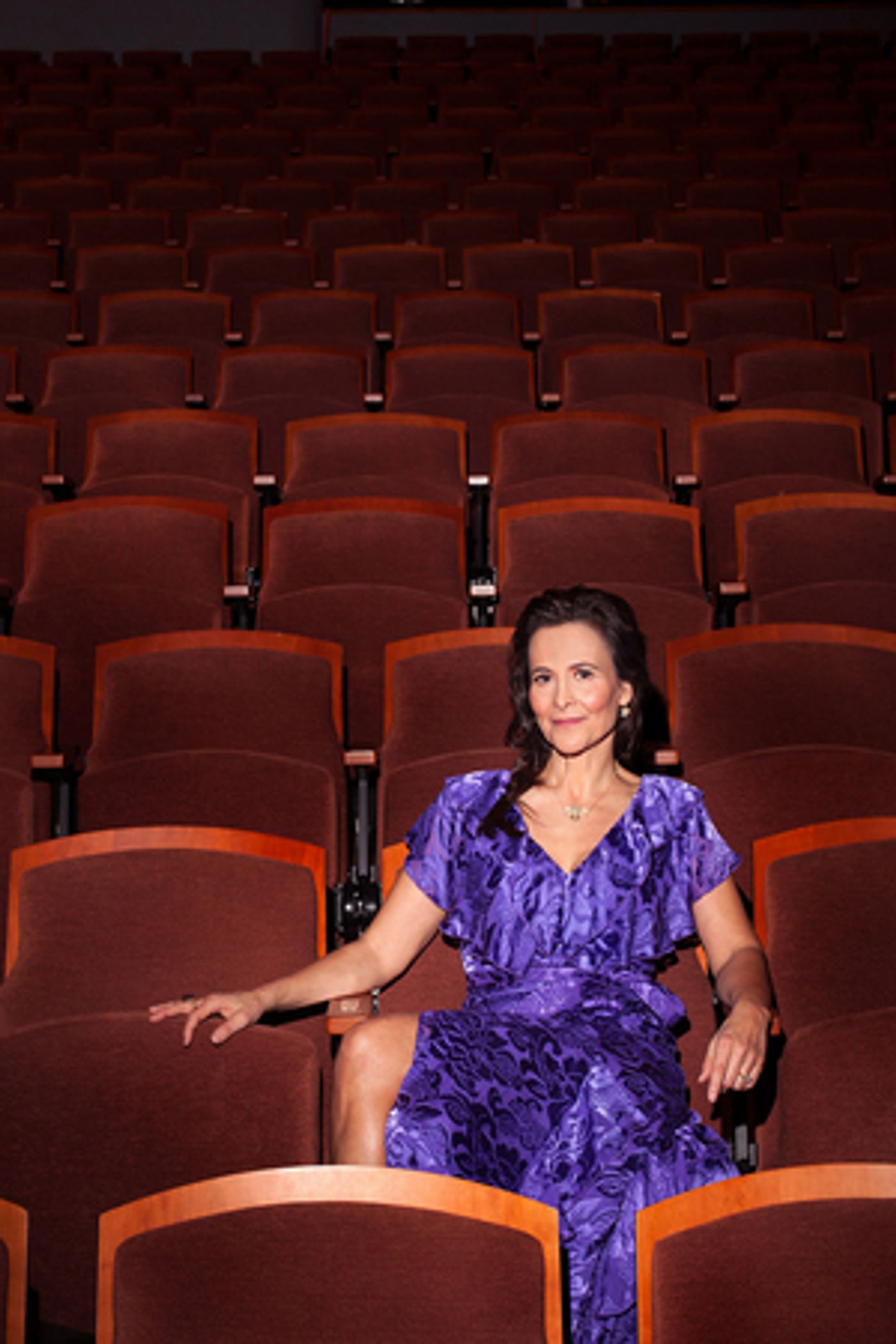Review: RIDERS OF THE PURPLE SAGE: THE MAKING OF A WESTERN OPERA
A soaring and epic testimonial to the creative process.

As multidimensional as is the landscape of the Southwest that so attracted Zane Grey, so too is the documentary that chronicles the creation of an epic opera, based on one of his most famous novels, RIDERS OF THE PURPLE SAGE.
In 2017, composer Craig Bohmler and librettist Steven Mark Kohn made operatic history when the eponymous production, directed by Fenlon Lamb, was premiered by the Arizona Opera as part of the company's Arizona Bold Initiative.
And bold and stunning it was! As I wrote then, the new opera was so monumental in scope and so well-crafted that it could rightfully claim an honored place in the canon of great works about the American West. Its brilliance and continued appeal stands firmly in the majestic way it infuses the sounds and textures of America's cowboy culture within the centuries old traditions of opera.
Three years later, their highly acclaimed work became the focus of an award-winning documentary ~ RIDERS OF THE PURPLE SAGE: THE MAKING OF A WESTERN OPERA.
Directed by Emmy Award-winning filmmaker Kristin Atwell Ford (and produced by Quantum Leap Productions in collaboration with Arizona Opera), the film is as powerful and evocative in its own way as the piece and the process it reveres and celebrates. It unfolds in seamlessly intertwined layers of reflection and illumination much like the magical ravines and canyons that are the backdrops of its narrative. It affirms the blessings of the creative process that must necessarily emerge from selfless collaboration. It captures that energy through the power of a faultless lens.
emerge from selfless collaboration. It captures that energy through the power of a faultless lens.
One layer brings into focus the genesis of Bohmler's artistic vision ~ the sources of his inspiration as an artist, including most famously Carlisle Floyd; the serendipitous encounter with Grey's artifacts-filled cabin in Payson Arizona; the realization, as he read the lines of the 1912 novel, that RIDERS was operatic; and the commitment to translate that vision into reality.
A second layer celebrates the collaborative spirit that is essential to the production's creation and staging ~ the multiple parts that must intersect to produce the whole. The film affords a front row seat to each stage and element of the production's development from auditions through rehearsals and then to the sitzprobe and finally to the dramatic and festive opening night.
For a riveting and elevating eighty minutes, we are invited into the inner sanctum of the creative process.
We are witness to Fenlon Lamb's inspired, incisive, sensitive, and calculated direction.
We are given to understand the mindsets of the brilliant ensemble of performers as they invest their characters with definition: soprano Karin Wolverton as Jane; baritone Morgan Smith as Lassiter; tenor Joshua Dennis Bern as Venters; soprano Amanda Opuszynski as Bess; baritone Keith Phares as Tull; and bass-baritone Kristopher Irmiter as Bishop Dyer.
The intricate alignment of new technology (a highly complex digital video wall) with the craftsmanship of Ed Mell's three-dimensional scenic design ("the show weighs 23,000 pounds just to hang all the scenery!"), projection design (Jacob Pinholster and Michael Bateman), and Kathleen Trott's detailed costume design is on full view.
 We listen with rapt attention to the film's narration by the inimitable Peter Coyote, who also voices excerpts from Zane Grey's journals and the pages of RIDERS.
We listen with rapt attention to the film's narration by the inimitable Peter Coyote, who also voices excerpts from Zane Grey's journals and the pages of RIDERS.
The third layer, of course, presents the story of RIDERS, the novel that laid the groundwork for the oaters of the future (adapted for film five times between 1918 and 1996), replete with the damsel in distress and the gunslinger who comes to her rescue.
In RIDERS, the damsel is Jane Withersteen (Wolverton), a Mormon who, contrary to her sect's norms, has befriended a Gentile, Bern Venters (Dennis). Her nemesis, Elder Tull (Phares) lusts less for her than for the wealth of the property she owns and cannot abide her association with Bern. As he's about to whip Bern for the impropriety, Lassiter the gunslinger (Smith) arrives to save the day but also has a quest of his own to pursue. The story weaves forward from that point to a climactic finale, all the while daring to reveal the disconnect between faith and practice and to reconcile the tension between revenge and redemption.
The final layer of the documentary offers a bird's eye view of the production's premiere ~ from the backstage pacing and warmup exercises all the grand way to the soaring sounds of an inspired cast and the affirming applause of the audience.
Given these multiple levels of value, it must be said that RIDERS OF THE PURPLE SAGE: THE MAKING OF A WESTERN OPERA is a vital and resonant work of art in its own right ~ by virtue of its mixing of stunning camerawork (Bill Davis, Robert Pflumm, Greg Voigt, Steven Snow, Jacob Mroczek) and aerial photography, interviews with scholars and artists, historic photos and archival footage, inspired storytelling, and, of course, coverage of the Opening Night performance. If I had the power, I'd make it required viewing for students of the performing arts.
RIDERS OF THE PURPLE SAGE: THE MAKING OF A WESTERN OPERA makes its virtual premiere on Thursday, March 25th as part of an online benefit initiative ~ in partnership between The Actors Fund and the film's producer, Quantum Leap Productions ~ to support performing arts professionals out of work due to the pandemic. The film will be available for viewing until April 11th. Tickets are $10 and may be secured at Watch.RidersOperaFilm.com. Thereafter, it will be released for streaming.
Photo credit to Tim Trumble ~ Karin Wolverton and Morgan Smith
Photo credit to Harrison Hurwitz ~ Film Director/Producer Kristin Atwell Ford
Title photo credit to Quantum Leap Productions
Reader Reviews
Videos

